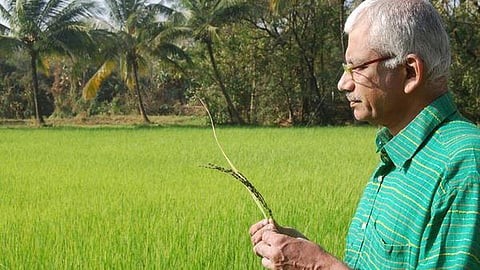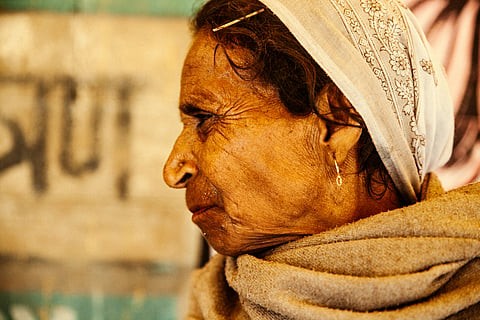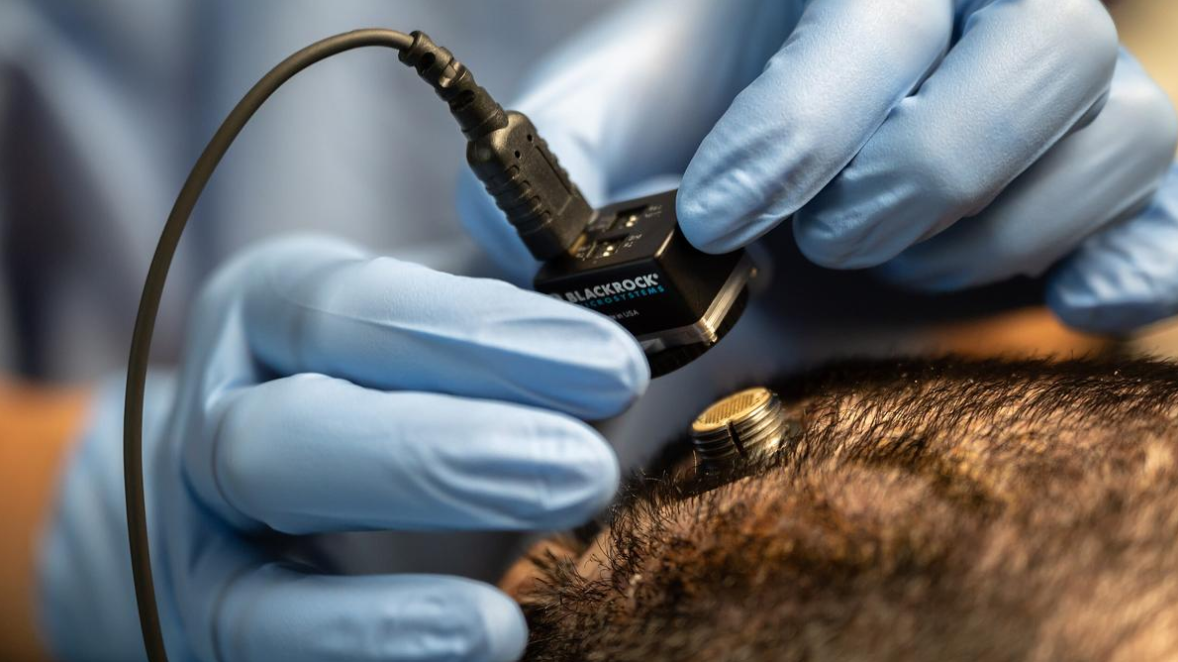



India’s ICAR-NIHSAD in Bhopal earned Category A Rinderpest Holding Facility status from WOAH and FAO, joining six global labs securing rinderpest virus material. Recognized in May 2025, it highlights India’s biosecurity leadership, following a 2019 application and March 2025 inspection, ensuring global animal health protection.

Copyright infringement not intended
Picture Courtesy: PIB
The World Organisation for Animal Health (WOAH) and the Food and Agriculture Organization (FAO) recognized the ICAR-National Institute of High Security Animal Diseases (NIHSAD) in Bhopal as a world-class facility for securely storing the Rinderpest virus.
Rinderpest, also known as "cattle plague," is a highly contagious and lethal viral disease. It primarily affects cloven-hoofed animals, with cattle and buffalo being the most susceptible.
The disease is caused by a virus belonging to the Morbillivirus genus, which is related to the viruses that cause measles in humans and canine distemper in dogs.
High Mortality => For cattle and buffalo, Rinderpest is deadly, with mortality rates that can reach up to 100% in highly susceptible herds. While it can infect other animals like sheep, goats, and various wildlife, they often show milder symptoms.
Transmission => The virus spreads through direct contact between infected and susceptible animals. It is present in bodily fluids, particularly nasal secretions, even before an animal shows clear signs of illness. An infected animal either succumbs to the disease or recovers, gaining lifelong immunity and clearing the virus from its system.
Symptoms => The classic signs in cattle include high fever, sores in the mouth, discharge from the eyes and nose, and severe diarrhea leading to dehydration and death, typically within 10 to 15 days.
Rinderpest does not infect humans and therefore poses no direct public health risk. Its impact has always been economic, causing famine and disrupting agricultural societies.
In 2011, the world was declared free of Rinderpest after a decades-long, coordinated global campaign led by the FAO and WOAH.
This was a landmark success for global health, making Rinderpest only the second disease in history to be completely eradicated, after smallpox.
Key to Success => The development of an effective vaccine and its widespread, systematic application through international cooperation were the keys to eliminating the disease. The last known case was reported in 2001.
Although the disease no longer circulates in nature, samples of the Rinderpest virus, known as Rinderpest Virus-Containing Material (RVCM), are still held in a few high-security laboratories.
The accidental or deliberate release of this stored virus poses a catastrophic threat. Global livestock populations are no longer vaccinated and have no immunity, meaning a release could trigger a devastating animal pandemic.
Global Containment Strategy => To mitigate this risk, the FAO and WOAH have implemented a strict framework that restricts the storage of RVCM to a small number of approved, high-security laboratories known as Rinderpest Holding Facilities (RHFs).
|
Recently, the ICAR-NIHSAD in Bhopal was officially designated as a Category A Rinderpest Holding Facility. This places India among a select group of only six facilities worldwide—alongside institutions in the UK, USA, France, Japan, and Ethiopia—entrusted with the secure storage of the Rinderpest virus. |
Source:
|
PRACTICE QUESTION Q. Consider the following statements about Rinderpest: 1. It was a highly contagious and deadly viral disease globally eradicated in 2011. 2. It mainly affected cattle, buffaloes, and some wild ruminants. 3. The causative agent is a Morbillivirus related to measles. 4. It spreads via contact with infected secretions or contaminated water. How many of the above statements are correct? A) Only one B) Only two C) Only three D) All four Answer: D Explanation: Statement 1 is Correct: Rinderpest was a devastating and highly contagious viral disease. After a massive global effort coordinated by the Food and Agriculture Organization (FAO) and the World Organisation for Animal Health (OIE), it was officially declared globally eradicated in June 2011. This marks only the second disease in history, after smallpox, to be completely wiped out. Statement 2 is Correct: The disease primarily affected cloven-hoofed animals, with domestic cattle and buffaloes being the most susceptible. It also had a devastating impact on various wild ruminant populations, including species of buffalo, giraffe, wildebeest, and antelope. Statement 3 is Correct: Rinderpest was caused by the Rinderpest virus, which belongs to the genus Morbillivirus. This genus also includes the viruses that cause measles in humans, canine distemper in dogs, and peste des petits ruminants (PPR) in sheep and goats. Statement 4 is Correct: The virus spread through direct contact with infected animals and their secretions (such as tears, nasal discharge, and feces). It could also be transmitted indirectly through contaminated environments, including contaminated feed and water sources. |






© 2025 iasgyan. All right reserved